Justin Harrison visited Saitama. He started off in Kawagoe, where he tried eel and went for a stroll around the Edo period buildings of Kawagoe’s historical district. Then he visited Omiya, to go to the Omiya Bonsai Art Museum and the Musashi Ichinomiya Hikawa Shrine.
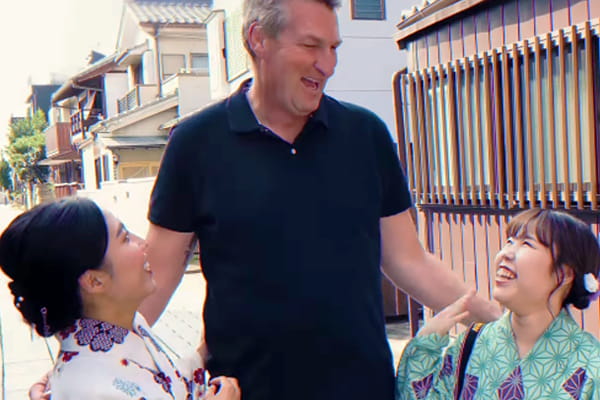
Justin poses with two yukata-clad women
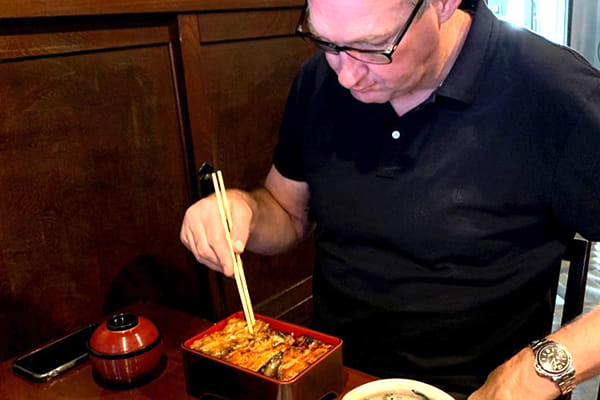
Justin tries the eel at Hayashiya
Kawagoe is known as “Little Edo” because parts of the city preserve the ambiance of the Edo period (1603–1867). To honor the feeling of old-time Japan, some tourists wear kimono or yukata and stroll around the historical area near Kurazukuri Street, the main thoroughfare.
One of Kawagoe’s most celebrated restaurants is Hayashiya, which specializes in eel and has been open for nearly 200 years. Justin enjoyed the rich, high-quality eel and its sweet, fragrant sauce.
JR Takasaki Line (About 30 minutes).
JR Kawagoe Line (About 25 minutes).
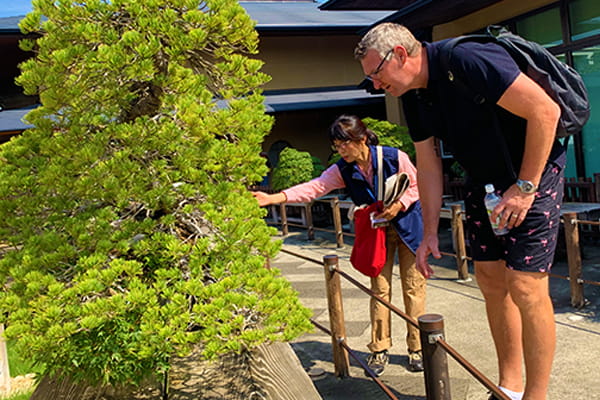
Justin examines a bonsai
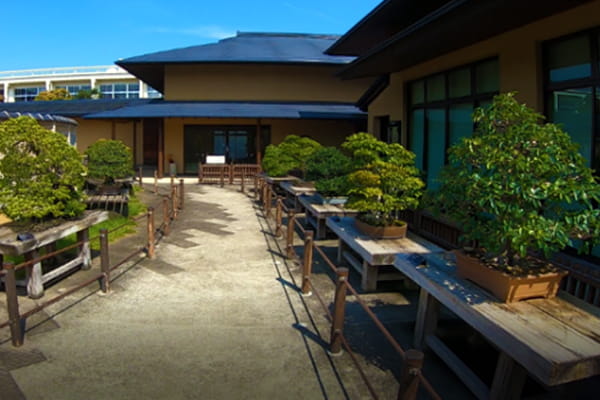
The fascinating Japanese world of Bonsai
It’s amazing that people take care of these plants for such a long time. All this effort to maintain such beauty is really inspiring.—Justin Harrison
Omiya Bonsai Art Museum is the world’s first publicly run museum dedicated to bonsai. Many enthusiastic visitors from Japan and around the world visited the museum since 2010. Nearby is the Omiya Bonsai Village, which was established about 100 years ago when a group of artisans from Tokyo moved there. Six of the original 30 bonsai gardens are still open, and some are real gems, including such miniature trees that are nearly 1,000 years old. Needless to say, Justin was thoroughly impressed by both the museum and the gardens.
JR Utsunomiya Line to Toro Station. Take a walk (About 10 minutes).
JR Kawagoe Line to Ōmiya Station; change to JR Utsunomiya Line to Toro Station. Take a walk (About 45 minutes).
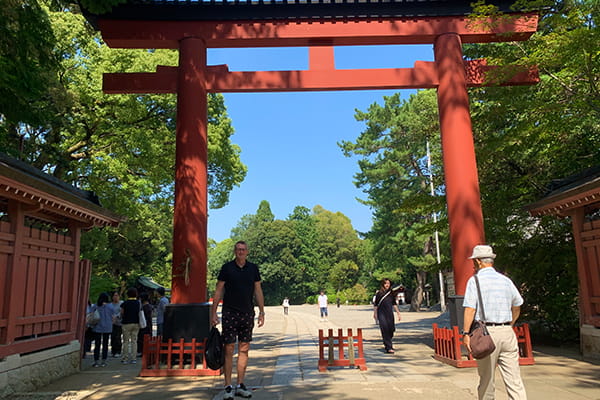
Musashi Ichinomiya Hikawa Shrine is well-known as a shrine of relationships and matchmaking.
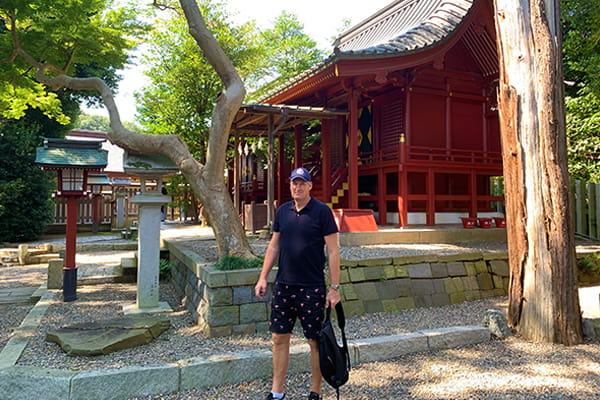
At Musashi Ichinomiya Hikawa Shrine
It’s great to visit a city where you can feel Japanese history—and it’s within an hour from Tokyo.—Justin Harrison
Musashi Ichinomiya Hikawa Shrine, which is located in Omiya, is the most important shrine of the 280 Hikawa Shrines found around Japan. Dedicated to Susanoo, the Shinto god of the sea and storms, it used to be the main shrine of what was called Musashi Province, a region that included the greater Tokyo area, most of Saitama Prefecture, and part of Kanagawa Prefecture. The shrine also gives Omiya its name—in Japanese, Omiya means “great shrine.”
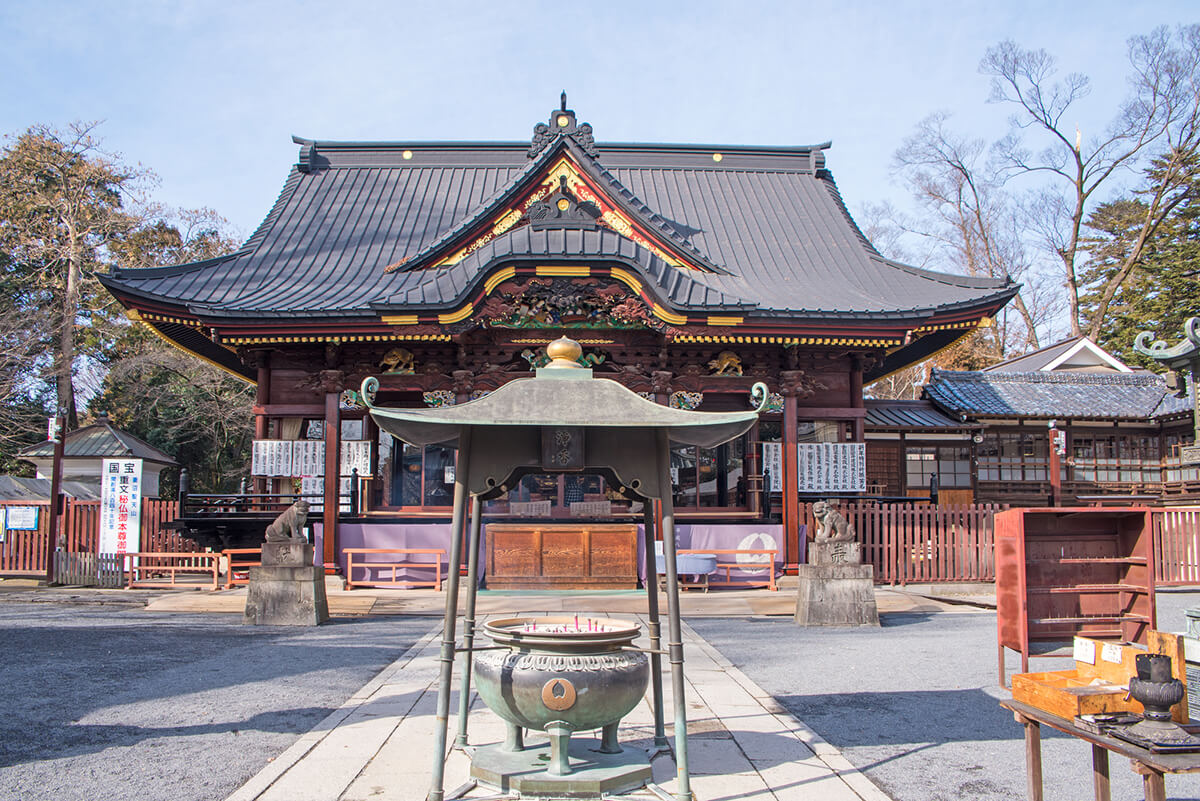
Kumagaya is a major city in northern Saitama Prefecture. During the Edo period(1603-1868), Kumagaya was one of the towns along the old Nakasendo Trail. Perhaps its most recognizable sight is the temple, Menuma Shodenzan Temple, whose main hall, Kangi-in Shodendo, is a Japanese National Treasure.
Access from Tokyo by bullet train about 40 mins ~
Access from Tokyo by train about 1 hour 10 mins ~
Kumagaya City boasts a rich rugby history and is celebrated as Japanese rugby’s “hallowed ground of the East.”
- From Kumagaya Station’s north exit, take Kokusai Bus No. 3 to the Rugby-jo-iriguchi or Kumagaya-sports-bunka-koen stop (About 10 minutes). 3-minute walk from the bus stop.


Kumagaya is a major city in northern Saitama Prefecture. During the Edo period(1603-1868), Kumagaya was one of the towns along the old Nakasendo Trail. Perhaps its most recognizable sight is the temple, Menuma Shodenzan Temple, whose main hall, Kangi-in Shodendo, is a Japanese National Treasure.
Access from Tokyo by bullet train about 40 mins ~
Access from Tokyo by train about 1 hour 10 mins ~

Kumagaya City boasts a rich rugby history and is celebrated as Japanese rugby’s “hallowed ground of the East.”
- From Kumagaya Station’s north exit, take Kokusai Bus No. 3 to the Rugby-jo-iriguchi or Kumagaya-sports-bunka-koen stop (About 10 minutes). 3-minute walk from the bus stop.